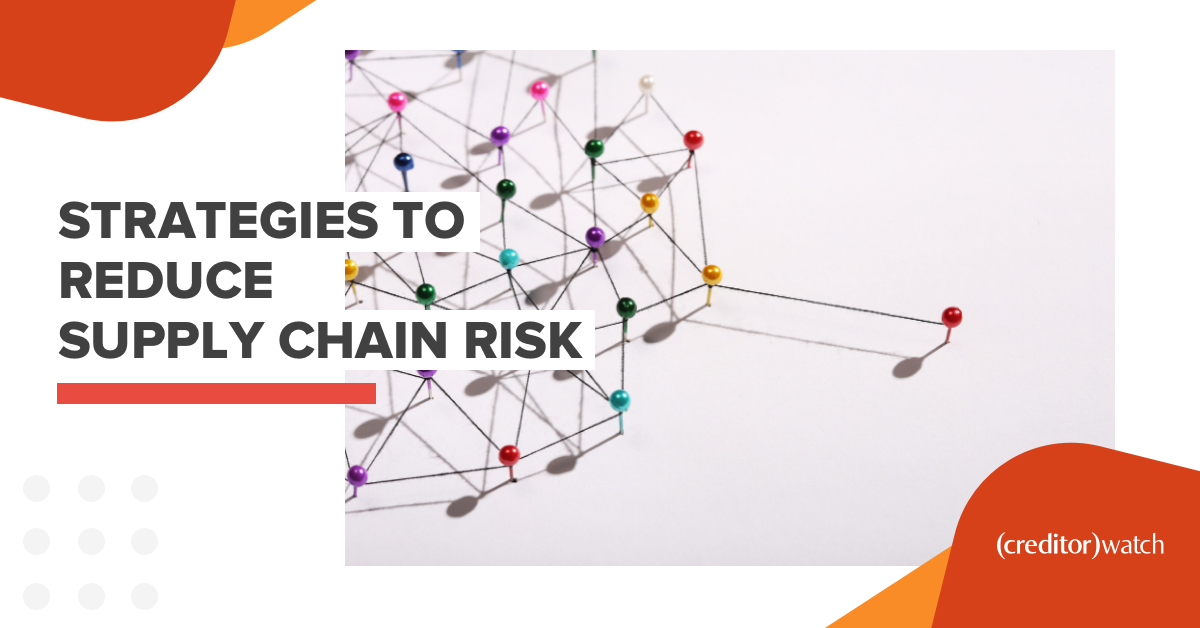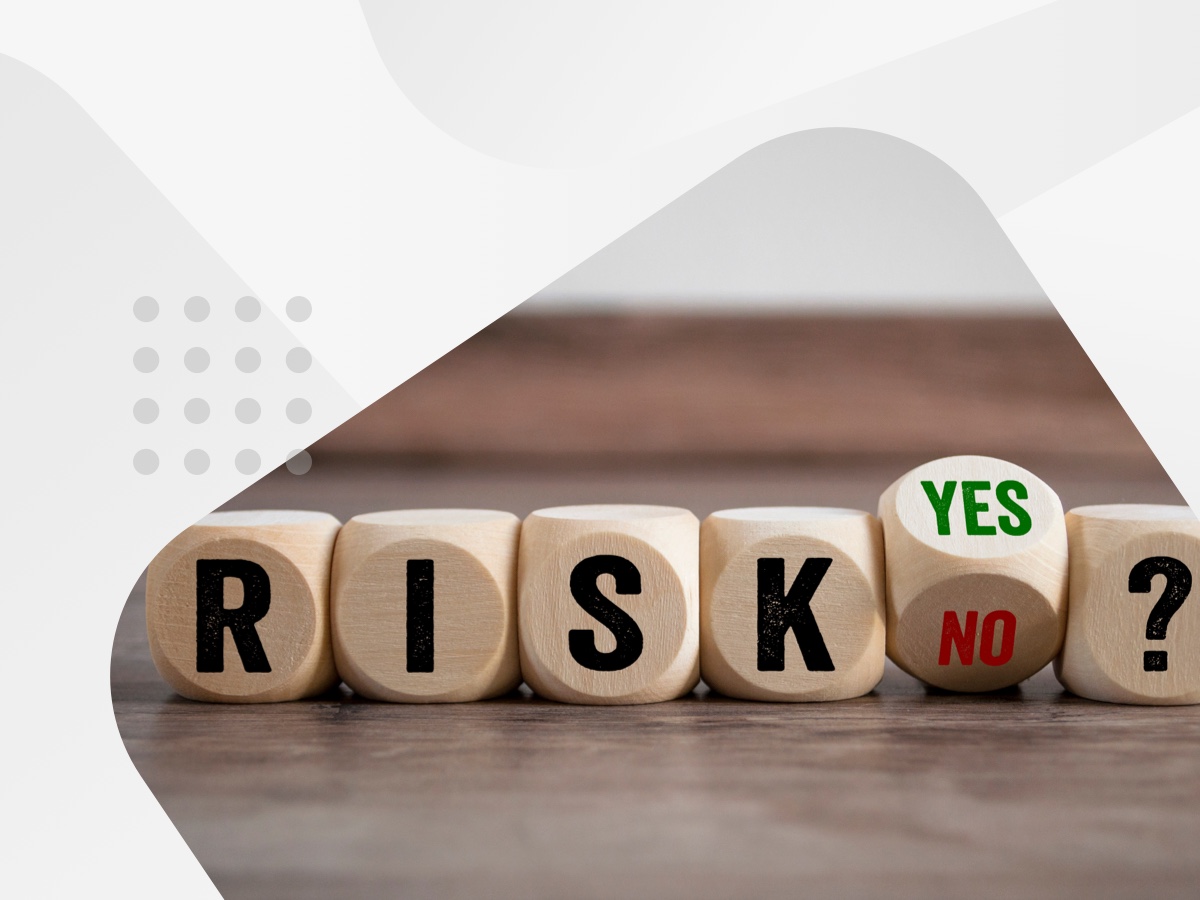What does your supply chain risk management look like?
The pandemic-induced supply crisis has revealed the vulnerabilities in supply chains worldwide. Many businesses lack visibility over their extended supply network and don’t always know who they’re dealing with. Strong supply chains are agile, fast and responsive. Businesses that actively monitor risks are able to create contingency plans, fast-track responses and remain resilient during global disruptions.
To mitigate risk in supply chains, we need to address these risk factors – sourcing strategies, supplier performance, sub-tier suppliers and data quality – with the following strategies:
1. Utilise multiple sourcing opportunities and have local suppliers
COVID has not only proved the risks of single sourcing, but also showed us how rapidly things can change. Multiple sourcing helps your business prepare for unexpected mishaps. Diversify your supply base by qualifying alternate suppliers and sites. This keeps you agile and enables you to rapidly shift production among suppliers, factories and countries.
Having a local supplier network helps to reduce supply chain risk and build a contingency plan with alternate sources. If international trade lines are disrupted, local suppliers enable you to continue fulfilling orders and could save you from potentially fatal consequences.
2. Identify suppliers experiencing financial difficulties
With more businesses entering administration now that JobKeeper has ended, do you know if your suppliers are operating and fulfilling orders as they claim? How are they paying their own supply chains?
Understand whether your suppliers are struggling financially; look at their payment behaviour as an indication of their cash flow. If they’re having issues managing their own supply chain or trouble paying their bills, this will not just reflect poorly on your reputation, but also means that you’ll bear the costs once they get cut off from their own network.
3. Map sub-tier suppliers and understand your extended supply network
Communicate with your suppliers to understand their global and local sites and subcontractors. You may not directly deal with second- and third-tier suppliers but it’s important to know which parts originate or pass through which sites.
If a certain area is disrupted, you’ll be able to predict which products will be impacted, giving you lead time to implement mitigation and recovery strategies.
4. Ensure your records contain accurate supplier information
Your suppliers could be involved in mergers, acquisitions or deregistrations; they may change their company address, directors, trading names, entity structures and so on. If your data is outdated or inaccurate, your ability to mitigate risk would be compromised.
Data also needs to be consistent. Having inconsistent information scattered across systems (e.g., using both “McDonalds PTY LTD” and “McDonalds”) affects your data quality, which could lead to factually inaccurate decisions.
CreditorWatch helps Australian businesses mitigate supply chain risk with the following tools:
- Daily monitoring of your suppliers and real-time alerts on any changes
- Payment Predictor indicates whether your suppliers are experiencing cash flow issues
- DebtorLogic helps you understand how your suppliers are paying the market
- Portfolio Health Check helps with data cleansing across your entire supply chain
If you need assistance with your business’s supply chain risk management, please get in touch via brendan.sherry@creditorwatch.com.au.
 Brendan Sherry
Brendan Sherry
Brendan is a Senior Consultant situated in the CreditorWatch Melbourne office.
He has an in-depth understanding of all industries, particularly the construction and engineering industry, and has built a strong reputation for delivering financial due diligence solutions to corporate businesses. He also specialises in procurement and supply chain management.
Learn more about Brendan in this blog post or connect with him on LinkedIn.



